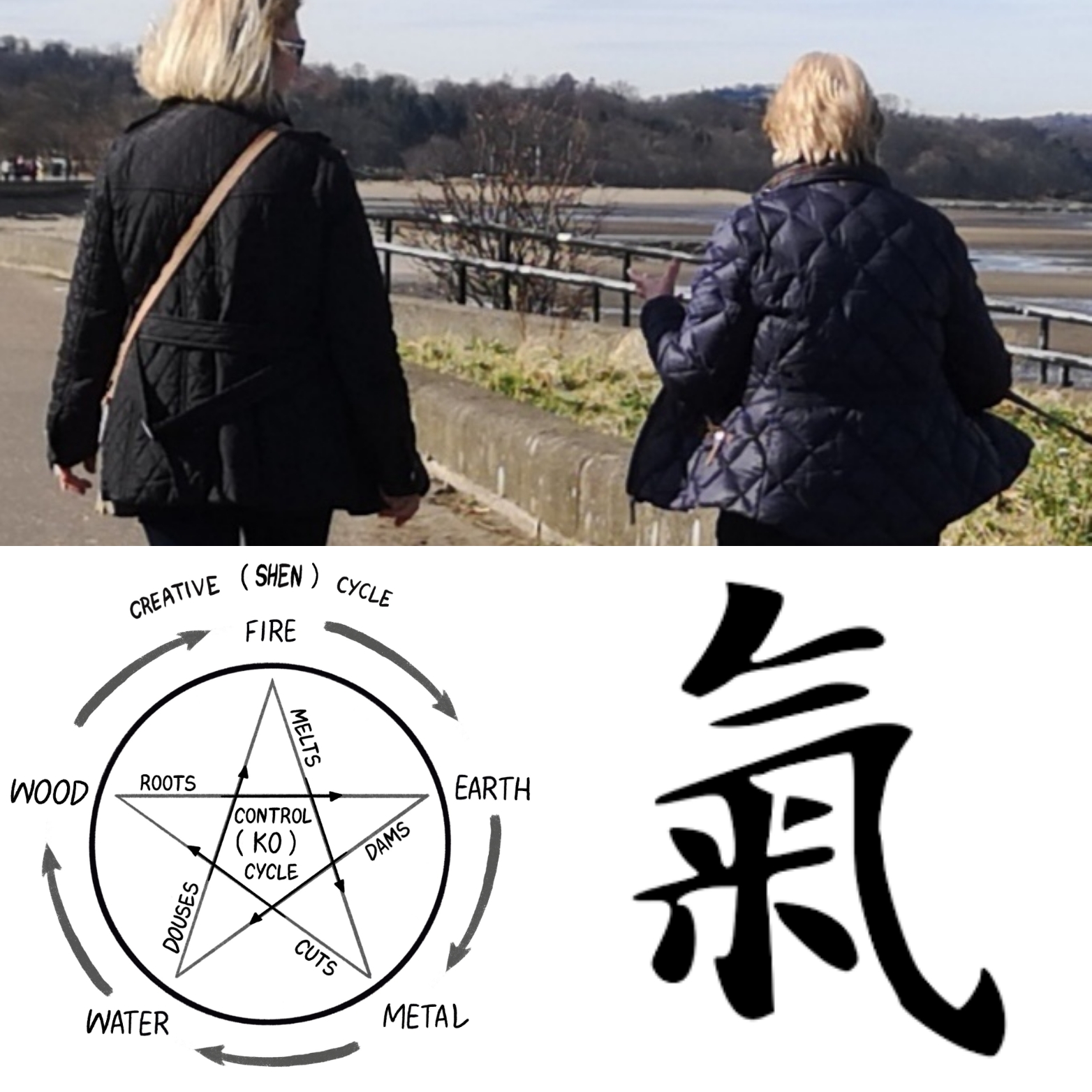Edinburgh Hub
Introduction to the project online on Tuesday 6 July 9 am UK time; 11am Greek time
There are 4 parts to this walkshop: the first is for one person, parts 2 and 3 are for 2 people walking together, part 4 is an online forum
These are the questions Body Walking will ask:
How does the rhythm of our walking help us relate to each other?
In what way does our individual pace help us connect with and empathise with others?
Can our manner of walking promote good relations?
What implications might this awareness have?
Part 1 is for one person (10 minutes walking, 20 minutes reflection)
Parts 2 and 3 are for 2 people walking together (10 minutes each walking = 20 minutes + 10 minutes reflection)
The final part 4 is an online forum on 17 July at 1500 (UK); 1300 (Greece) and everyone is welcome (1 hour)
Full information and register of interest via email Guidelines below.
Part 1
We will identify how we walk using the five Organs of the human organism, the Zhang-Fu in East Asian Medicine, which all have a rhythm. The movement pattern of the Liver is different from that of the Kidney, which contrasts with the Heart. They, in turn, are all distinct from both the Lung and the Spleen. Getting into the groove of each one, connecting with their chi, is a way of understanding the way we are in the world and therefore in relationship. We will consider the pace, weight and tone of our individual walking
Part 2
Walking in pairs (2 people). One walks and the other follows behind, mimicking and copying her walk as precisely as possible: 10 minutes. Swap over so that person two is walking in front and person one is mimicking and copying: 10 minutes. Reflection time: 10 minutes
Part 3
Walking in pairs (2 people). Walk side by side. Try walking in step with each other (at the same pace). Try doing the opposite. Play with your walking relationship in a mindful way: 20 minutes. Reflection time: 10 minutes.
Part 4
Online sharing and discussion 17 July at 1500 (UK); 1300 (Greece) and everyone is welcome (1 hour). We will ask: Who do we walk with best? What implications have these exercises and the reflections you have made after them had for inter-community, inter-cultural and inter-racial communications? How we might use walking in this context to bring about change?



